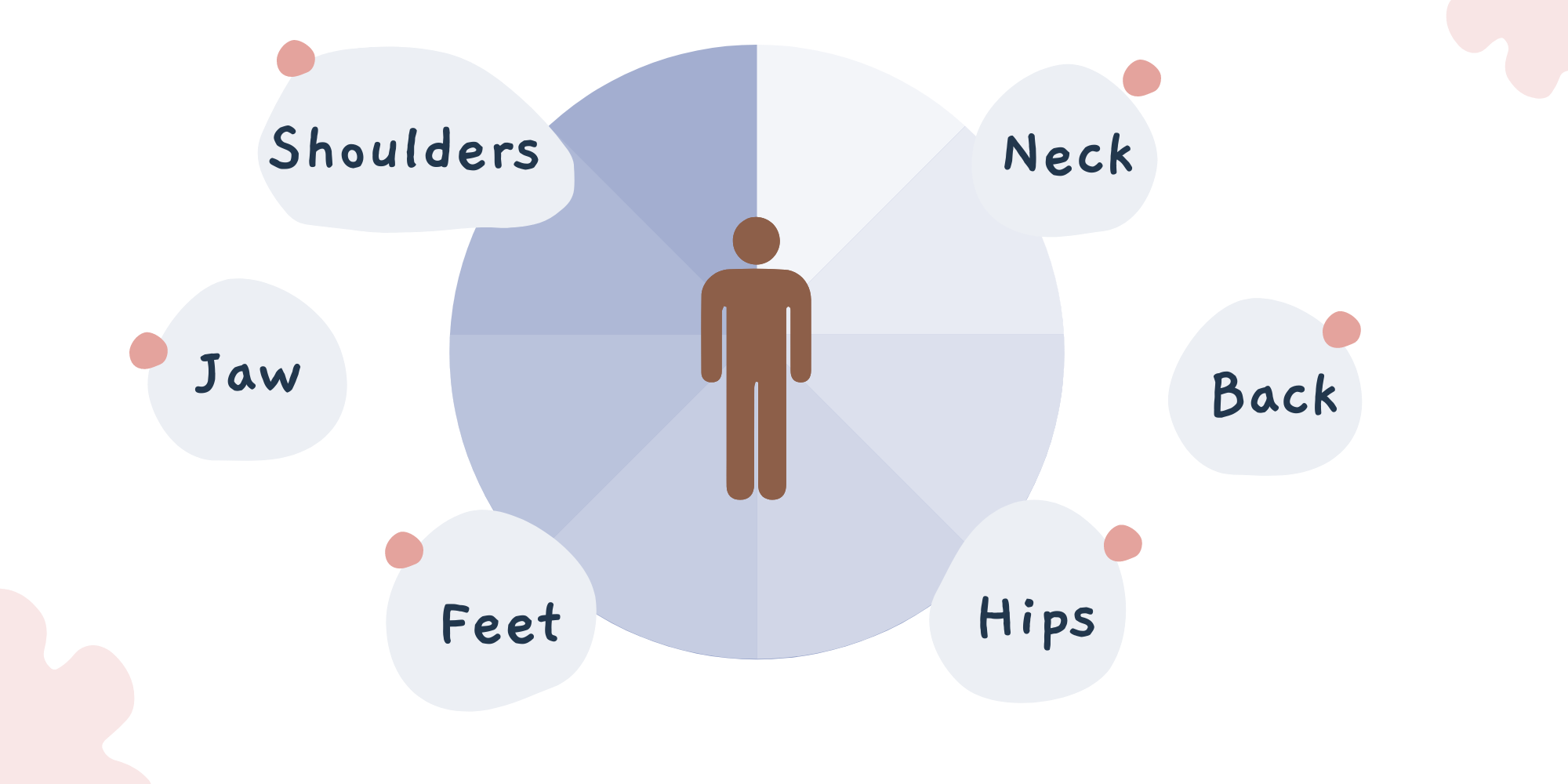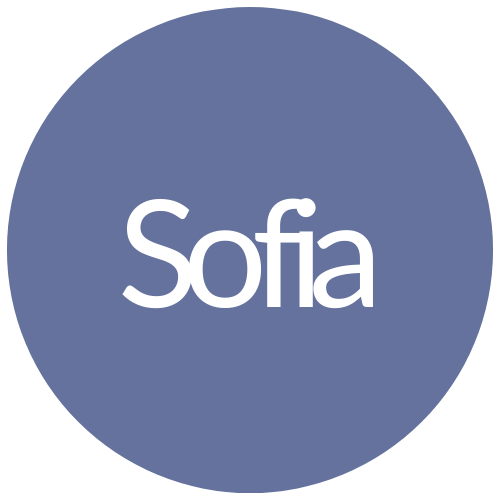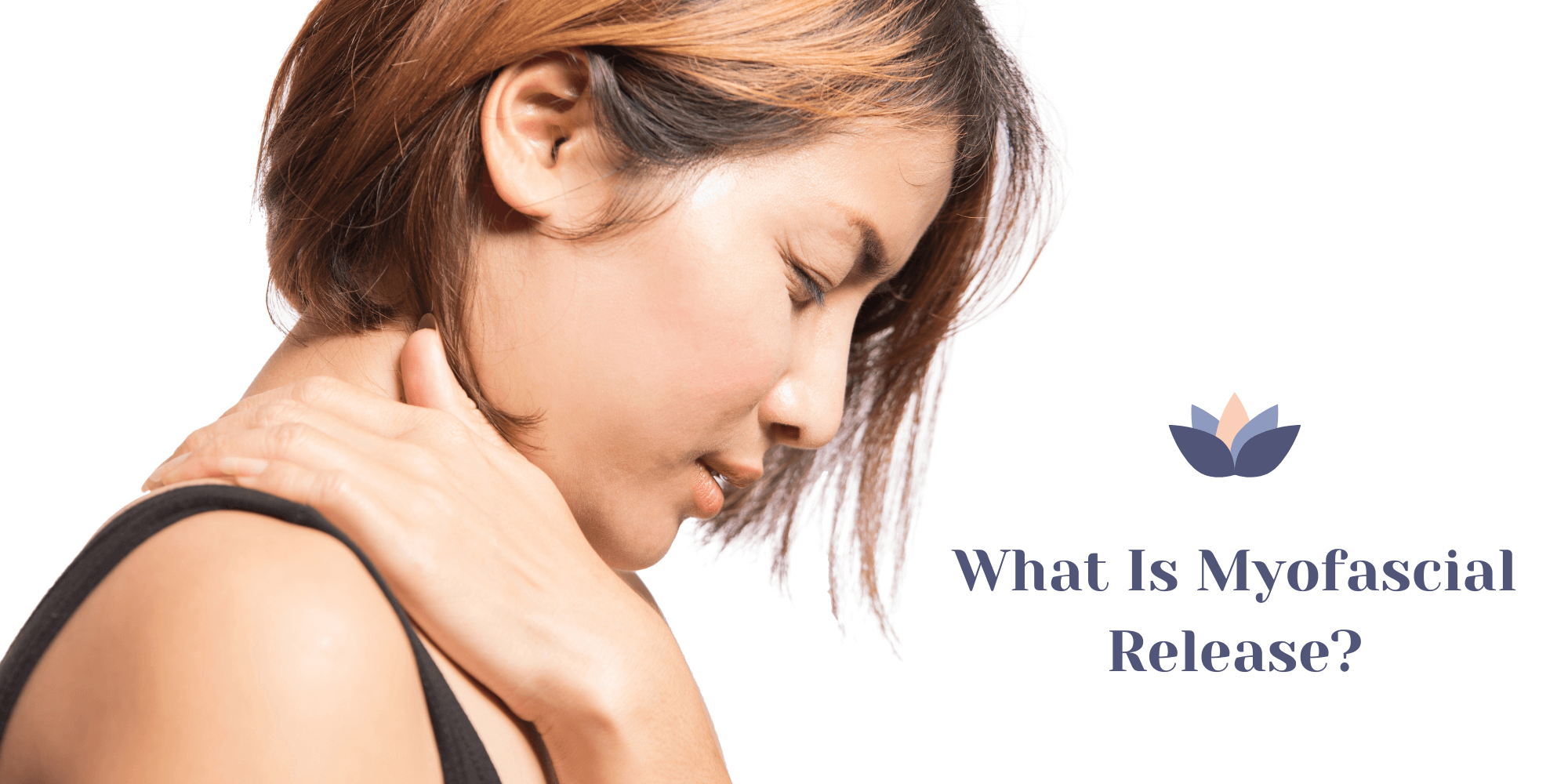If you're feeling the lingering, debilitating effects of chronic pain, you'll probably be interested in a treatment that can help in a way that's not invasive, dangerous, or harsh on the body. It's no wonder, then, that the modality of myofascial release is getting a lot of attention.
Read on to see if it's appropriate for you!
Table of Contents
What Is Myofascia?
The human body can be categorized into ten systems: skeletal, muscular, nervous, endocrine, cardiovascular, lymphatic, respiratory, digestive, urinary, and reproductive. There is also a system of tough connective tissue that protects, connects, and sheathes our muscles, known as the fascia or myofascial. "Myo" is an abbreviated term for muscular tissue, and "fascia" refers to the web of connective tissue.
Myofascia is strong, and the myofascial system looks like a three-dimensional net that covers your body — a bit like a wetsuit. The myofascial system thus serves an important support function in our bodies. It keeps our bones in place, providing them with a full range of motion, and keeping our organs healthy and able to receive proper nutrition. The myofascial system is made up of multiple layers, with a liquid in between them called hyaluronan, which itself needs to be healthy to combat inflammation.
Myofascia should be soft and pliable, but physical shock or even just the stresses of everyday life can render these tissues painful and stiff. If you've done yoga, you'll know from practicing restorative yin that gentle stretching benefits not only your muscles but these connective fibers. Indeed, it can be a blissful experience stretching the myofascial out and releasing all the tension that gets stored in this amazing system. Many of us don't realize how our bad habits — like sitting too much, hunched over our computers — contribute to lasting aches and pains in our fascia.
What Is Myofascial Release?

Myofascial release is a treatment that focuses on releasing tension held in the myofascial system. Myofascial pain syndrome is, according to Healthline, a "chronic pain disorder caused by sensitivity and tightness in your myofascial tissues." To treat this, myofascial release focuses on specific trigger points in the myofascial, as well as general massage by a trained therapist who can look for parts of the myofascial that feel tense and stiff where they should feel loose and healthy.
How Does Myofascial Release Work?
By carefully and repeatedly massaging myofascial trigger points and surrounding areas of fascial tissue, a myofascial release therapist looks to restore fascia to a healthy state, relieving pain and also restoring bodily flexibility. Parts of the body that can benefit from this massage are:

These are all body parts whose fascia can get cramped from daily stresses like poor posture and tension — the tension that is understandably common, given how many daily sources of stress we have all been living with over the last couple of years.
Because it improves circulation, myofascial release can also help issues with blood flow and cramps. Myofascial release can specifically help pain stemming from menstrual cramps.
One of the reasons why the assistance of a myofascial massage therapist can be so helpful over self-diagnosis or the use of a foam roller at home is that a myofascial therapist is considering the whole picture of how your body's fascia connects and how trigger points in one part of your body can release pain in other parts. Per Mayo Clinic: "The focused manual pressure and stretching used in myofascial release therapy loosen up restricted movement, leading indirectly to reduced pain."
It's not always obvious where the pain in the body actually stems from, though: Lower back pain can be the result of jaw tension and clenching. By releasing myofascial pain that stems from the jaw, the result can be a pain-free lower back. Headaches, too, can have multiple root causes. If you're a person who suffers (like so many) from tension headaches, a number of myofascial release sessions might benefit you. Consistency is important, but myofascial release's stress-relieving properties should help mitigate headaches and their debilitating pain (as well as make life more pleasant in general).
Benefits of Myofascial Release
According to the Cleveland Clinic, when myofascial release is done regularly, it can help:

Chronic pain is bad enough on its own, but if unattended, it can worsen over time. Overall, the health of the rest of the body relies on the healthy, strong, supple fascia, so it's good to get out in front of the problem. Otherwise, a constricted neck today can lead to more overwhelming back and spine issues later.
As shown in the above example of lower back pain, a myofascial release massage therapist might be able to pinpoint where the pain is coming from and help relieve it, restoring your quality of life and ability to take part in sports and activities that would have been off the table for you, otherwise. In fact, there are studies showing that myofascial release is very helpful for chronic low back pain, a debilitating condition with very few other treatment options.
People suffering from venous insufficiency, a condition in which blood doesn't properly flow back to the heart, causing it to pool in your legs, can also benefit from myofascial release. Venous insufficiency is a painful condition that also leads to swelling and cramps, which also make normal life and getting around difficult, if not impossible. Thus, proper circulation is key for health, so the benefits here are immense.
Myofascial Release Conclusions
Myofascial release is a promising therapy for people suffering from a range of chronic pain issues. It is safe except in the case of very specific conditions, like broken bones or skin that has been broken or burned. Many times, the success of myofascial release depends on the practitioner.
If you're looking for a great myofascial release therapist, try searching on Sofia Health. Sofia Health offers you a way to discover and book top wellness professionals, bringing together experts in their fields of traditional, integrative, nutritional, and holistic medicine, as well as beauty, fitness, and spiritual healing. It's truly a comprehensive, convenient resource to help you on your wellness journey and to find practitioners who can help you live your best life.








